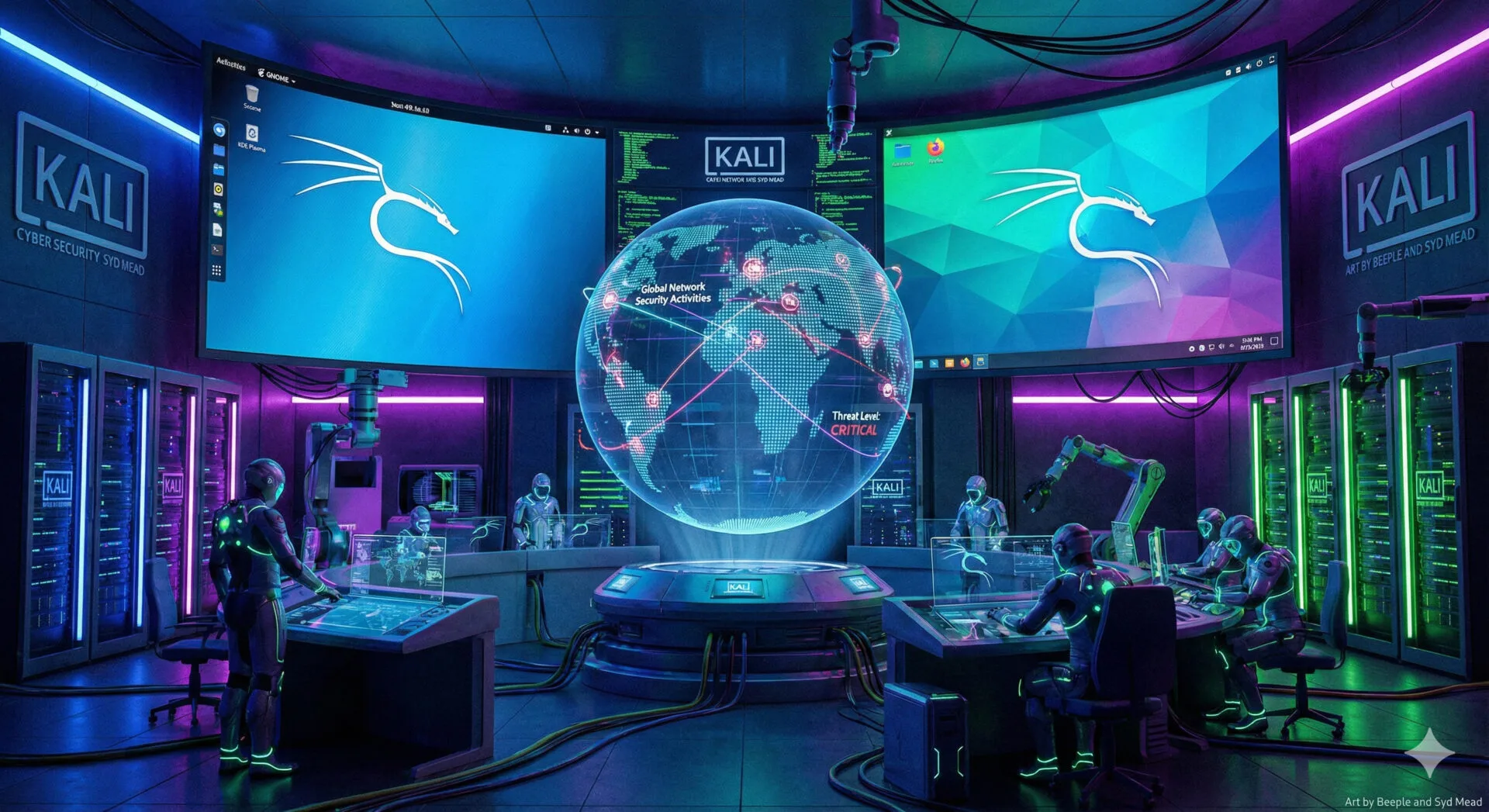Introduction
The world is increasingly relying on the internet. If you have a computer and an internet connection, you can buy groceries, check your bank account, or apply for jobs. You could even rent out your spare bedroom using Airbnb! The internet has changed how we work and live in ways we never imagined when it first came into existence over 35 years ago. Here are five trends that highlight how our reliance on technology continues to grow as more people access its benefits:
- Digital Marketing
Digital marketing is a form of marketing that uses the internet as a means of communication. It can be done through social media, email, search engines, and other websites. Digital marketing is an important part of any business and it has become even more important due to the widespread use of smartphones. People use their smartphones for everything from ordering coffee to searching for a vacation destination, so companies are using digital marketing to reach them in these places.
- Remote Work
You may not be able to work from home, but you can definitely benefit from the fact that more and more people are. While in the past, working remotely was only an option for those in technical fields like software development and design, today it’s become increasingly common among all types of jobs.
Employees are increasingly allowed to work from home; companies are hiring remote workers; and employees are choosing to work remotely for a variety of reasons including avoiding traffic gridlock during rush hour, reducing their carbon footprint by not having to drive everywhere, or even just being able to spend time with family during the day instead of spending long hours sitting at a desk every day.
These benefits aren’t just limited to employees’ personal lives: studies have shown that people who work remotely can actually make up for their lack of face-to-face interaction with greater focus and productivity. All this means that if you’re looking for a job in the near future, being able to offer your own experience working remotely will set you apart from other candidates.
- Shared Economy
The sharing economy is a concept that has been growing in popularity over the past decade or so. You may have heard of the sharing economy, but what exactly is it and how does it affect the world around us?
Let’s take a look at some examples of how this trend is affecting our lives today:
Uber is an example of an online service that allows users to share their cars for money with other users of their app. If you’re unfamiliar with Uber, it works by allowing its user base (drivers) to use their vehicles as transportation for other individuals (passengers). This can be done by either calling up your driver directly or selecting him/her from a list of available drivers on your phone screen. As long as there’s enough demand for rides at any given time period, you can expect someone nearby who’s willing to drive you home after work without having to make reservations beforehand!
- Workforce Training
Companies are using the Internet to train their employees, and now it’s also being used as an educational tool to help individuals improve their skills. Employees can use the Internet to learn new things on their own time, which can be useful when they want to pick up a new skill or learn more about a specific topic.
For example, some companies offer free courses through platforms like Udemy that allow workers to continue learning even after hours. These courses range from how-to videos for employees who want to learn how to use particular software programs in the office, like Adobe Photoshop or Microsoft Excel, or how-to guides on topics such as marketing management and project management best practices for managers at all levels of experience within an organization.
- Cloud Computing
Cloud computing is a model for enabling ubiquitous, convenient, on-demand network access to a shared pool of computing resources (e.g., networks, servers, storage, applications, and services) that can be rapidly provisioned and released with minimal management effort or service provider interaction. This cloud model promotes availability and is composed of five essential characteristics (On-demand self-service, Broad network access, Resource pooling, Rapid elasticity, and Measured service).
Within the definition of cloud computing are two key characteristics:
Elasticity
The ability to scale up or down as you need it (on demand). It’s not just tools that can scale but also the servers themselves. If your website gets lots of traffic tomorrow during an event then you want your server to be able to handle that increase in demand so your customers don’t experience problems accessing your site.
Usage Billing
You only pay for what you use rather than having been charged upfront for a fixed amount which may or may not end up being enough depending on how much usage occurs over time.
Conclusion
The internet has become so ubiquitous in our daily lives that we often forget how long ago people first began using it (or even what “it” is). While there are many ways to gauge its growth, one measure is by looking at how much time people spend online each day: according to research by DataReporal, internet users worldwide spent 403 minutes every day online in 2022.
The world is increasingly relying on the internet. This trend will continue to grow, and we will see more and more people using it on a daily basis. It’s important that everyone understands how important this is so they can make the most out of their lives in today’s world!
That being said, making the most of the internet is only possible with the best connection. Compare broadband plans across the country go to Compare Broadband.







Leave a Reply